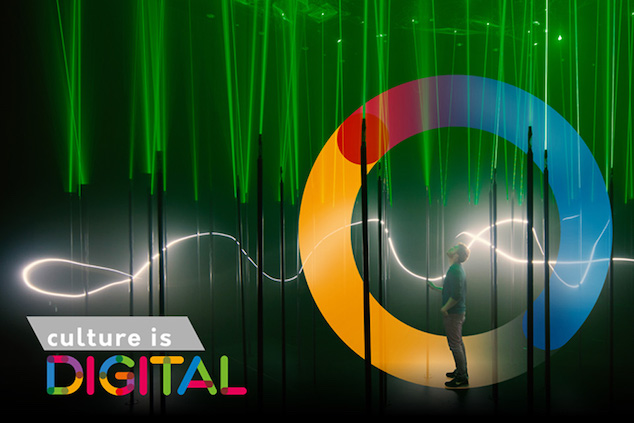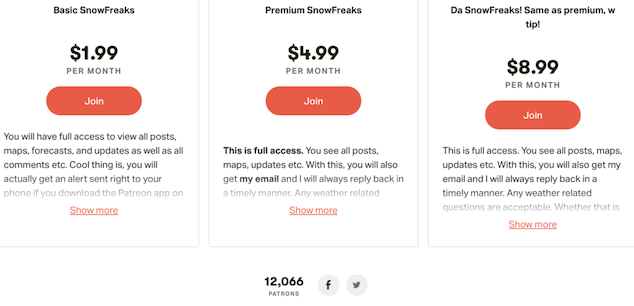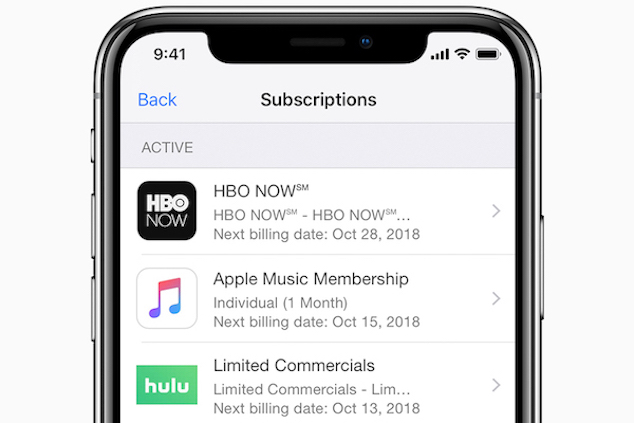
How Digital technology redefined popular culture: How subscription based services such as Netflix, Amazon Prime, Apple TV, Hulu, Spotify & their adjuncts give consumers more choice.
Over recent decades we have witnessed innovations and entertainment industries undermining the traditional cultural world, including music media demystification, the demise of television streaming, the disappearance of magazines and the destruction of independent bookstores.
Yet things turn around; our time would be regarded as a period of rejuvenation and regeneration for citizens in the future, rather than of dissolution. Digital technology lends itself to new voices through almost every cultural medium, whether film or music or books or visual arts, creates new exploratory formats for the fans and creators. All thanks to the internet providers like spectrum for providing us with such blessings of the internet, along with exquisite spectrum customer service that is always there support its users whenever any problem arises.
Nevertheless, the business aspect of society was under pressure for much of the period. The internet showed a whole generation that content was not only to be paid for. Online digital companies, in particular those in the online news industry, have been trying for years to follow an ad-based market model on a scale. In the hopes of receiving cents on ads per person, they sought to touch hundreds of millions of users, viewers or listeners. However, it wasn’t only unsustainable, but it was degrading culture: tiny plays and delicate niches were left without space, and all was transformed into overheated clickbait. It appeared stupid stuff.
But there has now been something surprising.
In the last couple of years, users have been charging for web advertising with greater volume over the last 12 months. That has been happening at an exponential pace, and also by rentals, at a consistent, recurring period. So they pay for it all.

Proliferation of online streaming services – that we all subscribe to
You also know about the dependent proliferation of online streaming services – such as Netflix, Amazon Prime, Apple TV, Hulu, and Spotify. However, people also pay for smaller audiences and less popular content. You listen to podcasters, authors, great YouTubers, comic book creators and newspapers. You even pay for news too.
It’s impossible to estimate the value of the contract. More than 20 years ago, the new revolution began to rely on a profitable means of funding entertainment and continued to kill all, regarding how we fund society.
If subscriptions start to take off, that would not only contribute to more of your favorite developers saving the site. The way we identify and promote emerging cultural creativity may also contribute to a fundamental change. It may contribute to a greater diversity of designers and creators and build stronger ties between artists and their lovers.
Mr Conte created and funded the art service, Patreon, with the founders double their profits per year on the website. Tens of thousands of dollars a month was created by professional designers. In 2016, more than $150,000 was produced by more than 35 artists. By 2017, the subscription membership platform was on track to pay out $150 million to creators, leaving it with a cool $7.5 million in revenue off it’s 5% cut.

App store, Netflix stellar growth
That often occurs in the news industry as well. When Donald J. Trump secured the presidency last year, the New York Times and several others announced a rise in subscriptions.
There are also other subscriptions on the board. Apple consumers spent $2.7 billion on App Store subscriptions in 2016, a rise of 74% relative to 2015. The Spotify streaming service reported that its user base rose to 50 million from 30 million by two-thirds over the last year. In about a year and a half, Apple Music has registered 20 million subscribers.
And then there’s Netflix, the popular TV- and movie-streaming service come come April 2020, announced almost 183 million subscribers, increasing to nearly 193 million subscribers by July 2020. The surge in membership was largely attributed to consumers staying home during coronavirus lockdown where internet use exploded across the board.
Giant content providers have often been condemned for their handling of artists.
However, several musicians consider solutions to cope with these issues. Artists will now establish strong connections with their fans thanks to Instagram, Facebook, and Twitter. You will sell products and deliver exclusive deals and services for fans only. And they will use places like Patreon to earn a secure payout from their most dedicated followers until they attract an audience.
These alternate solutions cannot be readily followed. For unique dark arts (for example, the way social network marketing works), time, energy and expertise are required. Nonetheless, there are indicators of it.






